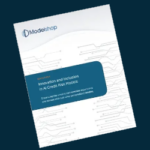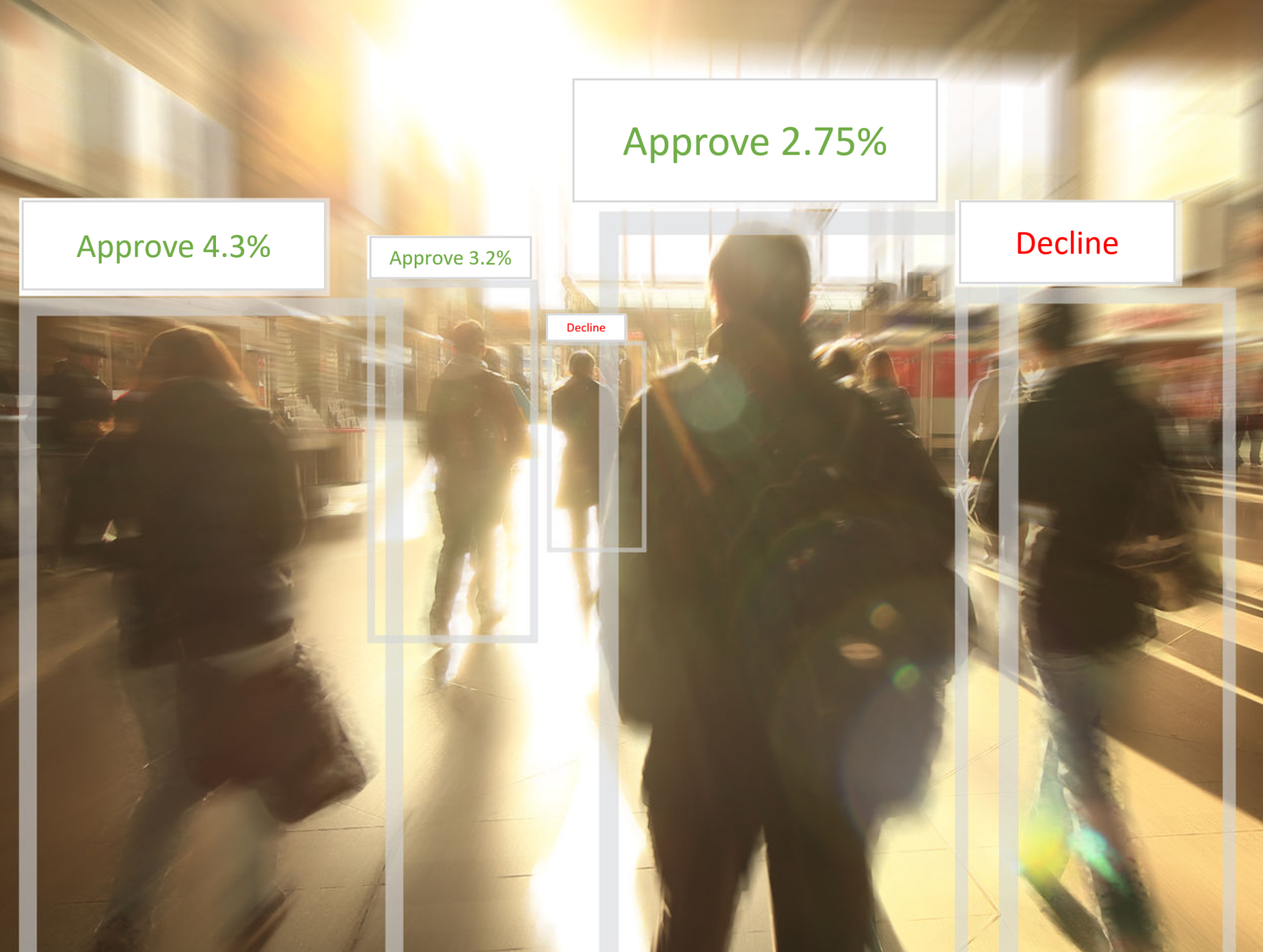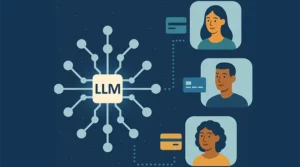Changes in demographics, the economy and technology are forcing credit providers to raise the bar on how they originate credit. To meet the challenge, a new generation of ‘credit model automation engines’ have emerged that reduce friction, embrace alternate data and empower risk teams to book better loans.
In the coming weeks, I will be exploring the trends that are driving these changes, the potential implications on the credit industry, and the technology powering the next generation of origination intelligence.
Credit origination is undergoing revolutionary change
Automated credit decisioning has been around for decades. The first instant credit offers were credit cards in the mid 90’s. Surprisingly, the industry’s approach to credit origination decisions hasn’t changed much in the last 30 years.
There are converging economic, cultural and competitive factors that have accelerated demand for alternative credit decisioning techniques. The credit industry is now recognizing that status quo origination strategies will not be competitive for long.
As Generation X gives way to Millennials and Gen Z, credit providers are forced to operate on the younger generations’ terms. These changing expectations, combined with the end of historically low interest rates, are creating an environment that is not only ripe for innovation, but actively demands it.
Changing culture, demographics and economics
The shift in generations means that qualified applicants may not have traditional financial profiles. Employment irregularity due to COVID, gig economy careers and lifestyle choice is becoming more prevalent and may no longer correlate with credit risk. Successful immigrants may not have a traditional US credit history. Increasing generational wealth and first generation higher education can create new opportunities for profitable financial relationships that may not exhibit traditional financial markers.
New sources of data are needed that can identify high-value segments without introducing unintentional bias.
Finding high value customers who do not have a traditional financial profile requires next-generation decision engines that are flexible enough to go beyond traditional score and ratio decision models. New data sources are needed, along with new analytic techniques that can identify higher value segments while not introducing unintentional bias. Next-generation ‘intelligence engines’ will incorporate dozens of alternate data sources and support multiple real-time statistical and predictive analytic techniques that will increase decision flexibility while reducing regulatory risk. Read More
The demand for frictionless origination
The most pressing change in credit origination is that younger consumers will no longer wait for a credit decision. According to a survey, 40% of young consumers will abandon a loan application process because it is too lengthy. It is too easy to move to another credit provider at the first sign of friction in origination, and the threshold for inconvenience is dropping quickly. Something as simple as entering a date of birth and driver’s license number is now considered a nuisance when a simple snap of your driver’s license should suffice.
With open and flexible APIs, the next generation of credit intelligence engines will take part in the origination conversation. At each stage of the process, AI will customize the applicant’s experience to minimize friction. To achieve this, intelligence engines must be able to call out to hundreds of alternative data sources in real-time and incorporate insights from those data sources in sub-second time frames. Read more.
Disintermediation of credit relationships
Traditional banks and lending institutions rely on brand and relationships to maintain their customer base. According to the Bank Administration Institute, younger generations are less loyal in their banking relationship and are increasingly using alternate financing and credit products. Buy-now, pay-later credit at the point of sale is a convenience that not only avoids an extra financing step, but helps reduce the number of accounts an individual has to manage in their lives. Financing through Amazon, Tesla or Carvana is easier and can garner more trust than obtaining an independent line of credit or loan through a financial institution.
Modern credit intelligence engines will require flexibility in how credit is structured. They will need the ability to incorporate detailed information about the products being financed and use information about existing customer relationships to make smarter decisions. As non-traditional lenders integrate credit into their existing customer relationships, credit intelligence engines will need to be easier to implement and customize with industry specific AI. As more businesses become digital first, intelligence engines must integrate into existing technology stacks with minimum coding.
Increasing need for regulatory transparency
A conversation about next-generation credit origination is not complete without addressing concerns about regulatory impact. While there is understandable concern about using AI to make credit decisions, advanced risk simulations have the potential to reduce compliance risk. Real-time risk modeling will be competitively unavoidable and next-generation credit intelligence engines will need to provide visibility into decision algorithms that will make it easier to justify regulatory compliance while empowering policy agility.
No-code AI technologies can trace the use of each data point through every interim calculation to ensure that no protected data is leveraged in a credit decision. To ensure compliance, embedded statistical engines can continuously monitor the correlation between protected classifications and decision outcomes to quickly identify unintentional bias.
Coming up next…
All of these changes are causing a convergence where a lot of lenders are having to rethink their traditional policies, models and origination tools. In the coming weeks, I will drill into each of these trends and talk about how next-generation credit intelligence engines are helping lenders reduce risk and book better loans while delivering a better customer experience.
Next week’s topic will explore how lenders are using alternate data and non-conventional models to access a broader client base with less risk and drill into more detailed examples of cash flow based underwriting models.






